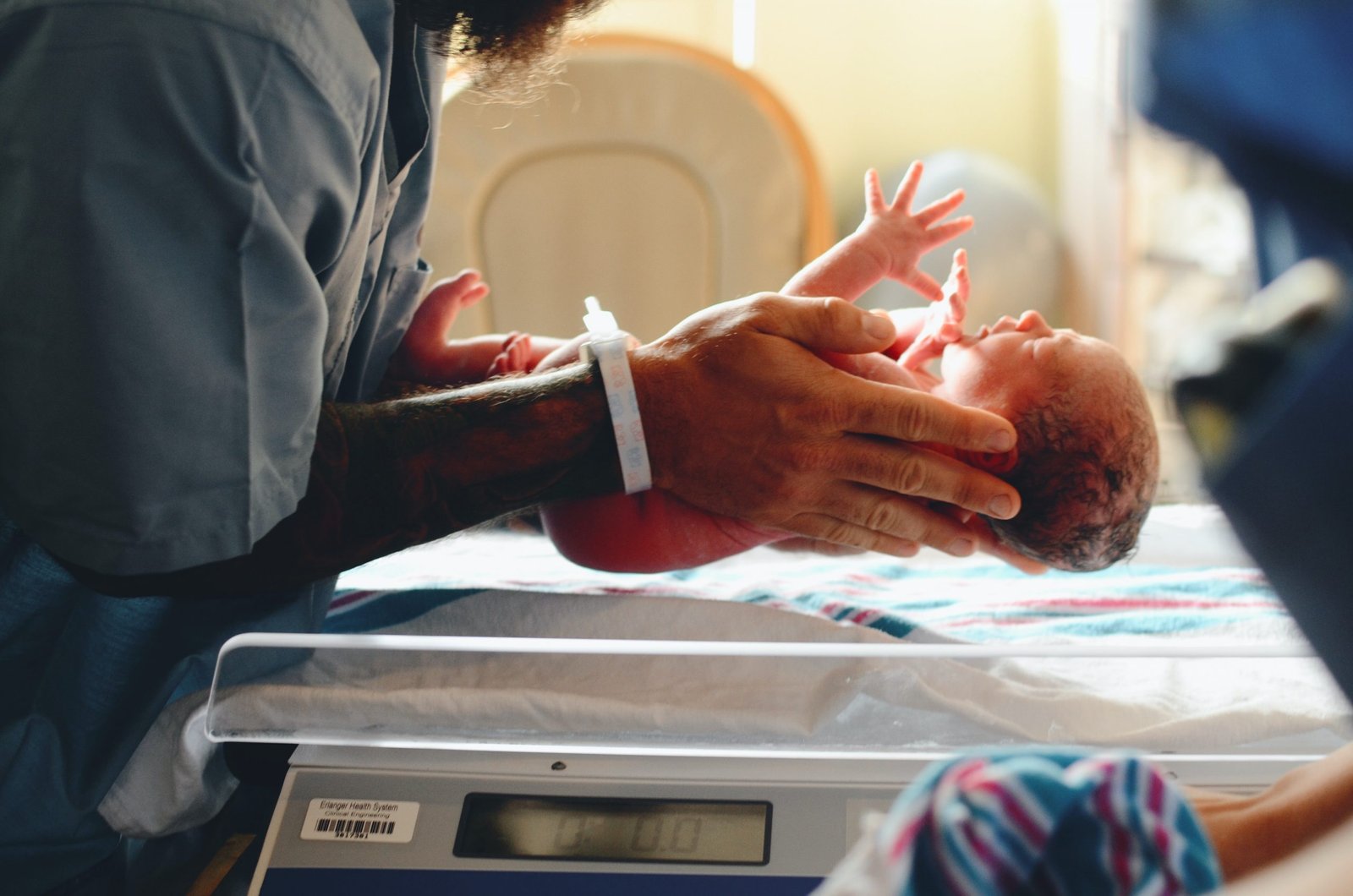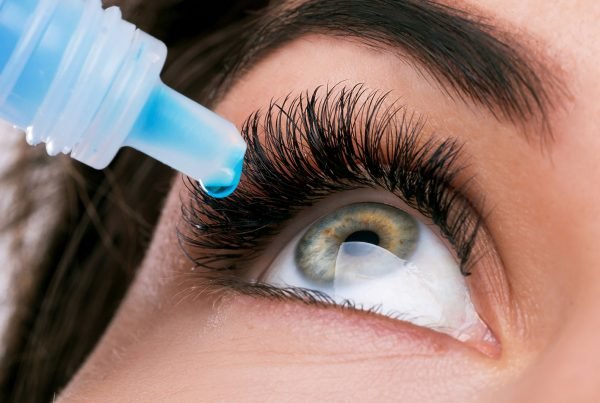
5 Signs of Birth Defects During Pregnancy
According to the most recent Centers for Disease Control and Prevention data, one out of every thirty-three babies born in the United States has a congenital impairment. In addition, every 4.5 minutes, an infant is born in the United States with a birth defect. Also, certain congenital disabilities lead to infant mortality, contributing to about 20% of total infant deaths.
Such defects occur in the mother’s womb or the uterus and can be severe or minor. Some flaws are long-term required medical intervention. Few are not bothersome and go away with time.
What are birth defects?
These are structural changes with the potential to affect any body part of the infant. Congenital disabilities can affect the physical and mental aspects as well as organ functioning.
Identification signs of congenital disabilities
Birth defects start to show up before birth in the fetus, during childbirth, and after birth. In most cases, the weakness becomes visible within the first year itself. Different defects have associated symptoms and signs. For example, cleft lip is easily detectable as it is visible.
However, problems in internal organs, such as hearing loss, may only be diagnosed using specialized medical examinations such as x-rays, hearing tests, and so on. Moreover, there are issues like phenylketonuria, where there is a chemical imbalance causing a developmental delay.
Depending on the type of congenital disability, symptoms vary. Here is the list of five birth defects and their signs and treatments.
Signs and Treatment of Five Birth Defects During Pregnancy
Cleft Palate or Lip
One of the common birth defects is cleft lip and palate. The upper lip and the palate or the roof of the mouth are split and not closed completely. This issue can arise as a single congenital handicap, but it can also occur in conjunction with other diseases. This is widespread in many Asian and Native American communities.
Even though the specific causes are not known, it is usually linked to the child’s genes and environmental factors.
Symptom
The kid can be having a severe or a mild cleft. One common sign of cleft palate is that the child needs help with language development, and therefore, parents need to consult with a speech pathologist. Language can be affected by the lip and palate structure and also due to middle-ear infections. The other sign of cleft palate is that babies with this condition need help with feeding. Babies need special bottles to be fed, and they need to sit while feeding. Breastfeeding moms must extract their milk in special bottles until their cleft is entirely healed. Children with cleft lips seldom require eating assistance.
Treatment
A cleft lip can be repaired during the first three months of life. It involves the surgery of the lip. A cleft palate can be surgically treated when the child is between six months and a year old. The procedure involves restoration of the partition between the mouth and the nose.
In most cases, there is a minimal scar on the child’s face – rest, there are no other changes in the baby’s appearance.
Congenital heart defects
About one baby in 110 births has this condition called congenital heart disease.

Symptoms
In most cases, doctors identify the issue during routine checkups. Abnormal heart sounds like murmurs are detected. If the doctors feel that the problem could be severe, they will advise further tests to ascertain that the irregular heartbeat is due to a heart defect. Outward indicators of serious problems include swollen abdomen, eyes, legs, blue skin, and trouble breathing. Some other signs include feeding issues and the rapid heartbeat of the newborn.
Treatment
The doctor takes a call on the treatment depending upon the severity of the case, the defect type, the age of the baby, and its general health condition. Surgery is one option. The other medical procedures to treat congenital heart defects include medication, catheter procedures, and even heart transplantation.
Spina Bifida
Spina bifida is low and is usually about one baby in 2,000 births amongst people of European and Caucasian origin. The primary reason for Spina bifida is the malformation of the embryonic neural tube resulting in the proper development of the backbone during fetal development. In most cases, the condition is detectable during pregnancy by running various tests.
Symptoms
Some of the common signs of Spina bifida are paralyzed legs and controlling bowel and bladder movement.
Treatment
Generally, surgical procedures are carried out on the baby within the first 48 hours after birth. Some doctors try in-utero surgical techniques, though it has limited availability. Besides, specialists from the urology and orthopedics department work with the child. Parents need to start exercising the legs and feet of the baby as the child needs braces and crutches to walk in most cases. In severe cases, the child will need to use a wheelchair.
Sickle-cell Disease
Mostly Black people and those belonging to the Hispanic origin have higher risks of this birth defect. Due to its high prevalence, almost 30 states in the US require newborn babies to have their blood tested to detect this defect. In this disease, the shape of the red blood cells represents sickles or bananas. Over a period, the RBCs are destroyed by the liver and spleen. It results in anemia.
Symptoms
The most common symptom is repeated discomfort in vital organs, shortness of breath, and an increasingly exhausted child. It can even be lethal at times. The toddler is also sensitive to bacterial illnesses.
Treatment
Immunization for flu and pneumonia is one way to restrict the disease. The preventive method is to take penicillin treatments.
Down Syndrome
It is a genetic disorder. There is an abnormal division of cells that causes characteristic physical features.
Symptoms
Kids with Down Syndrome have typical physical features. This includes a flattened face, a small head, a tiny mouth with a large protruding tongue, a little nose with the nasal bridge almost flat, a short neck, slanted eyes, small ears, small hands with tiny fingers, and short height. Most kids have issues with their sight and hearing abilities. Some have heart defects, infections in the ear and intestine.
Treatment
Unfortunately, Down Syndrome has no cure. Handholding programs can help improve the skills of the child. This involves collaborating with speech, occupational, and educational therapists.
Conclusion
It is crucial to take a second or even a third opinion on detecting a congenital disability. It is essential to visit a specialist immediately and take the infant for regular well-baby visits to ensure early detection and intervention.








